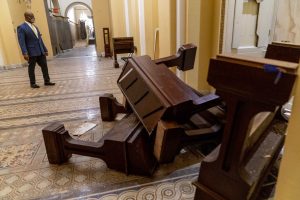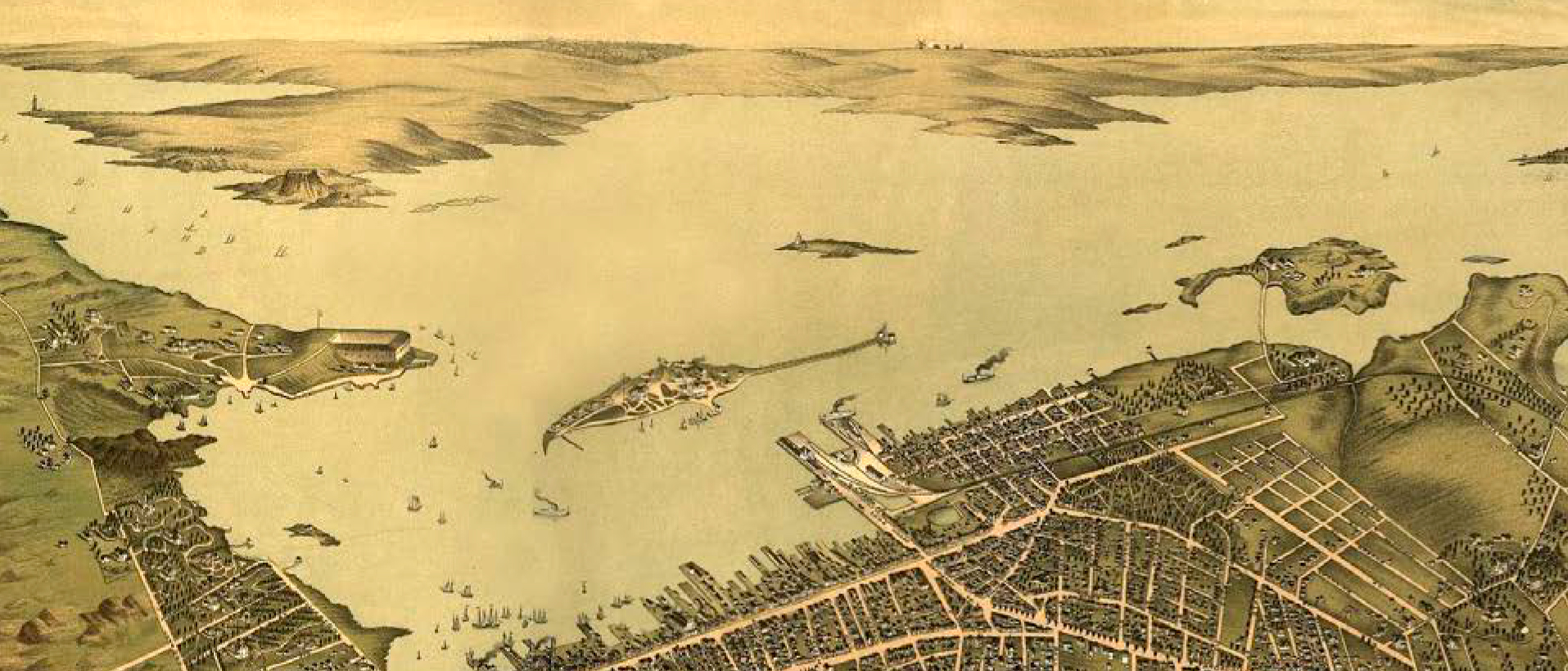by Evan A. Feigenbaum
 TRUMP ADMINISTRATION veterans like to argue that they have “transformed” American foreign policy—first, by emphasizing strategic competition among the big powers, and second, by centering this competition on the rise of Chinese power in particular. Trump’s former National Security Advisor, H.R. McMaster, touts “the competitive approach to China” as “the biggest shift in U.S. foreign policy since the Cold War.”
TRUMP ADMINISTRATION veterans like to argue that they have “transformed” American foreign policy—first, by emphasizing strategic competition among the big powers, and second, by centering this competition on the rise of Chinese power in particular. Trump’s former National Security Advisor, H.R. McMaster, touts “the competitive approach to China” as “the biggest shift in U.S. foreign policy since the Cold War.”But to compete in geopolitics—as in sports, business, and life—one needs to actually compete. Washington has to outperform the Chinese competition, not just belittle it. And it has to define the competition in terms that are both realistic and workable.
By these standards, the United States is not just falling short. It is making three significant strategic mistakes that have undermined its competitive position. To succeed in Asia, President-elect Joe Biden will need an administration that whines less, competes more, and leverages American strengths in the Asia that actually exists, not the one of its wishes, dreams, and fantasies.
For one thing, competing with China requires enlisting partners in Asia. And while many Asian governments also think in competitive terms and seek robust U.S. engagement to counterbalance Chinese power, they need Washington’s efforts to reflect two objective realities of their region—the map, and economic gravity.














